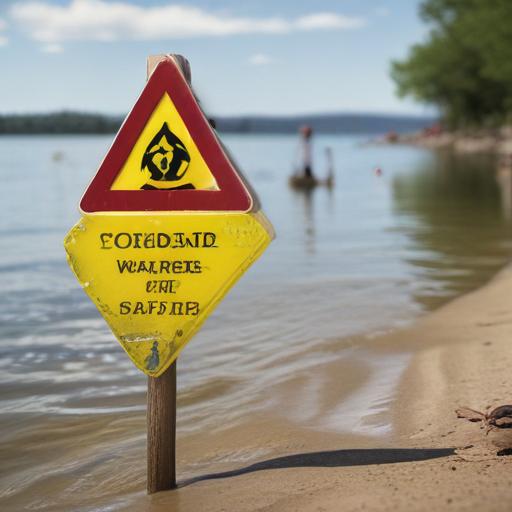Swimming in lakes and rivers is a popular way for many to escape the summer heat, but lurking beneath the surface are microscopic pathogens that can pose serious health risks. The Centers for Disease Control and Prevention (CDC) have reported a concerning rise in two dangerous waterborne pathogens in freshwater lakes and brackish waters across the United States, attributed to the warming effects of climate change.
The alarming pathogens include the rare “flesh-eating” bacteria, Vibrio vulnificus, and the “brain-eating” amoeba, Naegleria fowleri. This summer, tragedies linked to these pathogens have been reported; notably, a young boy lost his life after swimming in a South Carolina lake due to Naegleria fowleri, while Florida reported four fatalities associated with Vibrio vulnificus infections this year.
Both pathogens thrive in warm water environments: Naegleria fowleri is typically found in freshwater lakes and rivers, while Vibrio vulnificus is primarily found in warm brackish waters that mix fresh and saltwater. The brain-eating amoeba derives its nickname from its potential to cause Primary Amebic Meningoencephalitis (PAM), a rare and often fatal infection that destroys brain tissue. Although fewer than ten deaths occur annually from this amoeba, the CDC’s records from 1962 to 2024 indicate only four survivors among 167 documented cases in the U.S.
Similarly, the flesh-eating bacteria, responsible for necrotizing fasciitis, enters through cuts or can be ingested through undercooked seafood. Although cases are rare—averaging 150 to 200 annually, mostly in Gulf Coast states—they can be lethal without prompt treatment.
To mitigate risks while swimming, especially in warm southern regions, it’s essential for swimmers to take precautions. Parents should supervise children closely, as they are more likely to swallow water or interact with potentially contaminated sediment. Interestingly, boys appear to be at higher risk, possibly as a result of their increased activity in water play.
Recognizing the symptoms of both infections is crucial for early intervention. The CDC emphasizes the importance of seeking immediate medical care after swimming in warm waters, especially if one experiences symptoms indicative of these infections.
By raising awareness and informing the public, health experts aim to reduce the risks associated with these pathogens while encouraging safe and enjoyable summer activities in natural waters. With vigilance and education, swimmers can continue to enjoy the refreshing waters while safeguarding their health.
